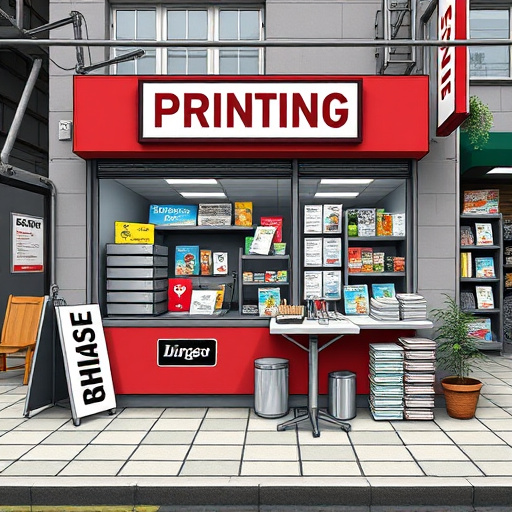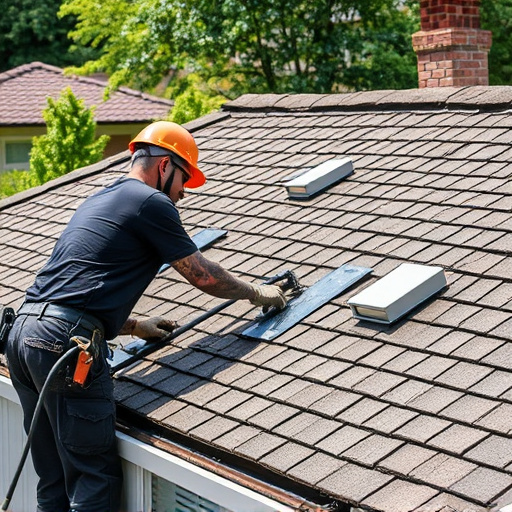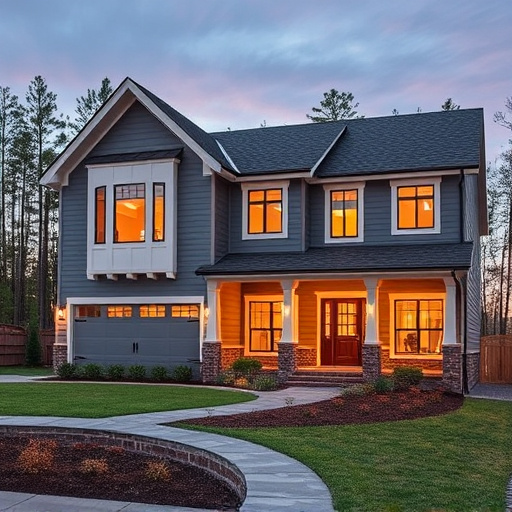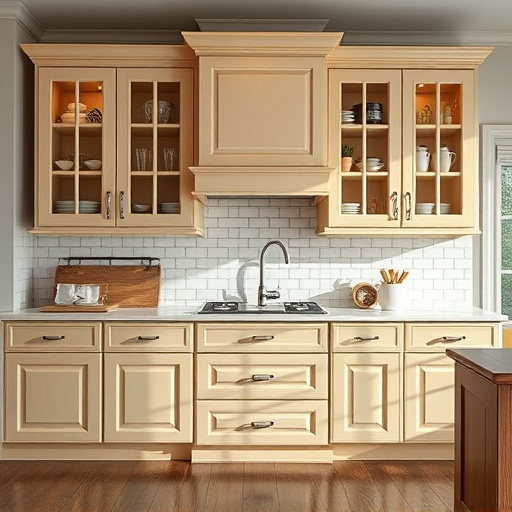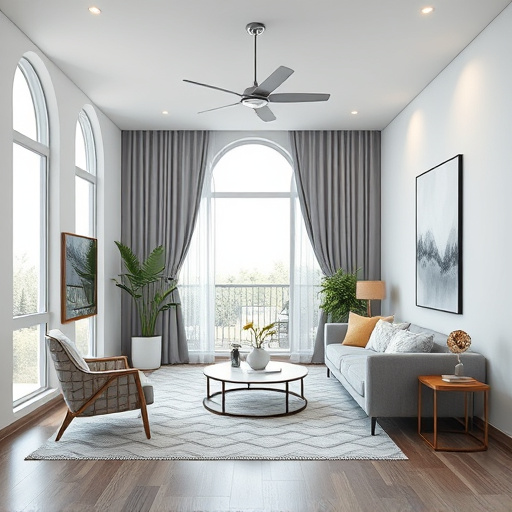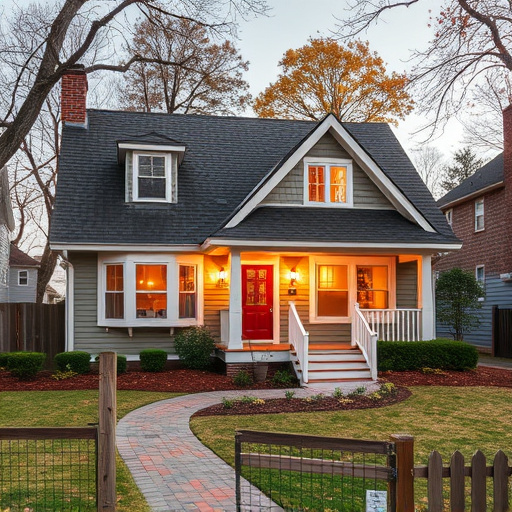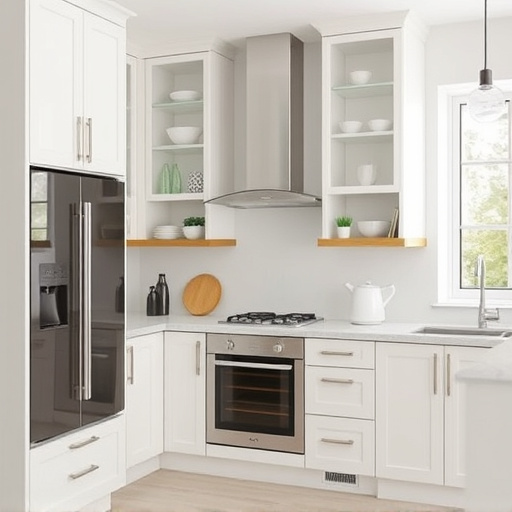Choosing kitchen countertops is a pivotal design decision that blends function and style. From polished quartz and glass for modern, low-maintenance looks to natural stone like limestone or travertine for warmth, textures vary widely. Contemporary options include concrete, wood, and metal, each customizable through finishing techniques. Textures significantly impact the overall atmosphere and practicality of the kitchen, whether remodeling multiple rooms or updating paint. Balancing durability, aesthetics, and maintenance needs, diverse textures enable homeowners to create both functional and visually stunning kitchens tailored to their tastes and lifestyles.
Discover the captivating world of kitchen countertops where unique textures and patterns take center stage. From the smooth elegance of marble to the rough charm of concrete, this article explores the diverse spectrum of materials and designs that define modern kitchens. Delve into geometric patterns that make a bold statement or embrace organic textures for a subtler, yet compelling aesthetic. Additionally, we uncover innovative materials and DIY techniques, highlighting the endless possibilities for creating truly one-of-a-kind kitchen spaces while embracing sustainability.
- Exploring the Spectrum of Textures: From Smooth to Rough
- – Different types of textures and their visual appeal
- – Materials that offer diverse tactile experiences
Exploring the Spectrum of Textures: From Smooth to Rough
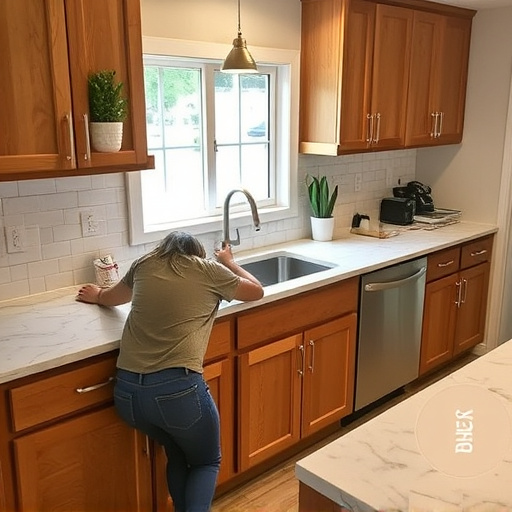
In the realm of kitchen design, countertops serve as a focal point, offering both functionality and aesthetic appeal. Exploring the spectrum of textures available for these workhorses of the kitchen reveals a diverse range from the smoothest marble to the roughest granite. Each texture brings its own unique character, transforming how light dances across the surface and inviting various decorative styles. For those seeking a modern, sleek look, a polished quartz or glass countertop can create a stunning, low-maintenance option that’s perfect for entertaining. On the opposite end of the spectrum, natural stone like limestone or travertine, with their inherent fissures and veining, add depth and warmth to a kitchen.
Consideration of texture extends beyond natural materials; contemporary options include concrete, wood, and even metal. Each can be manipulated through various finishing techniques to achieve desired levels of smoothness or roughness, allowing homeowners to customize their space according to personal preference. Whether you’re planning a comprehensive multiple room remodel or simply looking to update your interior painting, the texture of your kitchen countertops plays a significant role in shaping the overall atmosphere and functionality of this vibrant hub of activity.
– Different types of textures and their visual appeal
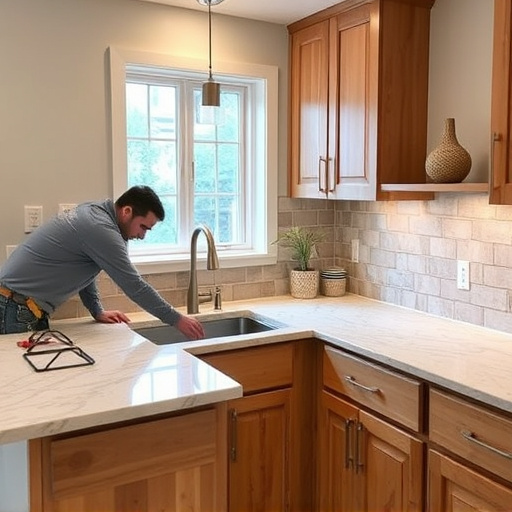
Kitchen countertops serve not only as a functional space for food preparation but also as a focal point that defines the overall aesthetic of a room. The variety of textures available allows homeowners and designers to express their unique style, from sleek and smooth marble to rustic and coarse granite. Each texture offers a distinct visual appeal: polished surfaces reflect light, creating an elegant and spacious atmosphere, while etched or emboss finishes add depth and character. Textured countertops can range from subtle grooves that provide a tactile experience to dramatic patterns that become the pièce de résistance of a kitchen design.
When considering kitchen renovations, the choice of countertop texture is a key decision. Home improvement services often emphasize how the right texture can enhance both functionality and visual appeal. For instance, rougher textures can hide fingerprints and stains, making them ideal for busy households, while smoother finishes require more maintenance but offer a contemporary and polished look. Incorporating these diverse textures into kitchen renovations allows for creating not just functional spaces but also visually stunning and highly personal environments that reflect the tastes and lifestyles of their owners.
– Materials that offer diverse tactile experiences
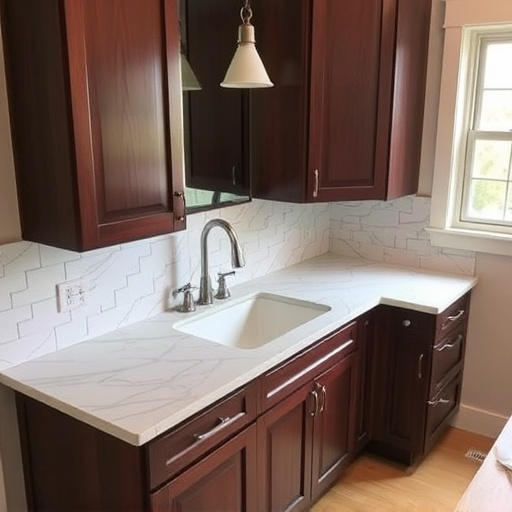
The world of kitchen countertops offers a vast array of options when it comes to textures and patterns, allowing homeowners to create unique spaces that reflect their personal style. From natural stones like granite and marble to engineered composites, each material brings its own distinct tactile experience. Granite, renowned for its durability and beauty, provides a cool, slightly rough surface that is both inviting and easy to maintain. On the other hand, marble exudes elegance and luxury with its soft, veined texture, though it requires more care to prevent staining.
Beyond traditional choices, innovative materials like concrete and quartz offer exciting possibilities for home transformations. Concrete countertops can be customized with various textures and patterns, adding a raw, industrial feel to any kitchen. Quartz, known for its durability and low maintenance, provides a smooth, glassy surface that is available in an extensive range of colors and designs, making it a popular choice for modern home additions. These diverse options ensure that every homeowner can find the perfect countertop to enhance their kitchen’s aesthetic and functionality.
In the world of kitchen design, countertops are a focal point that can elevate the entire space. By exploring the diverse range of textures and patterns available, from sleek and smooth to rustic and rough, homeowners can choose a surface that not only suits their aesthetic preferences but also offers a unique tactile experience. Whether it’s the warmth of natural stone, the modern allure of glass, or the rustic charm of wood, each material brings its own character to the kitchen, making it a true testament to individual style. So, when selecting kitchen countertops, remember that the right texture and pattern can transform your culinary space into a stunning and inviting area.
